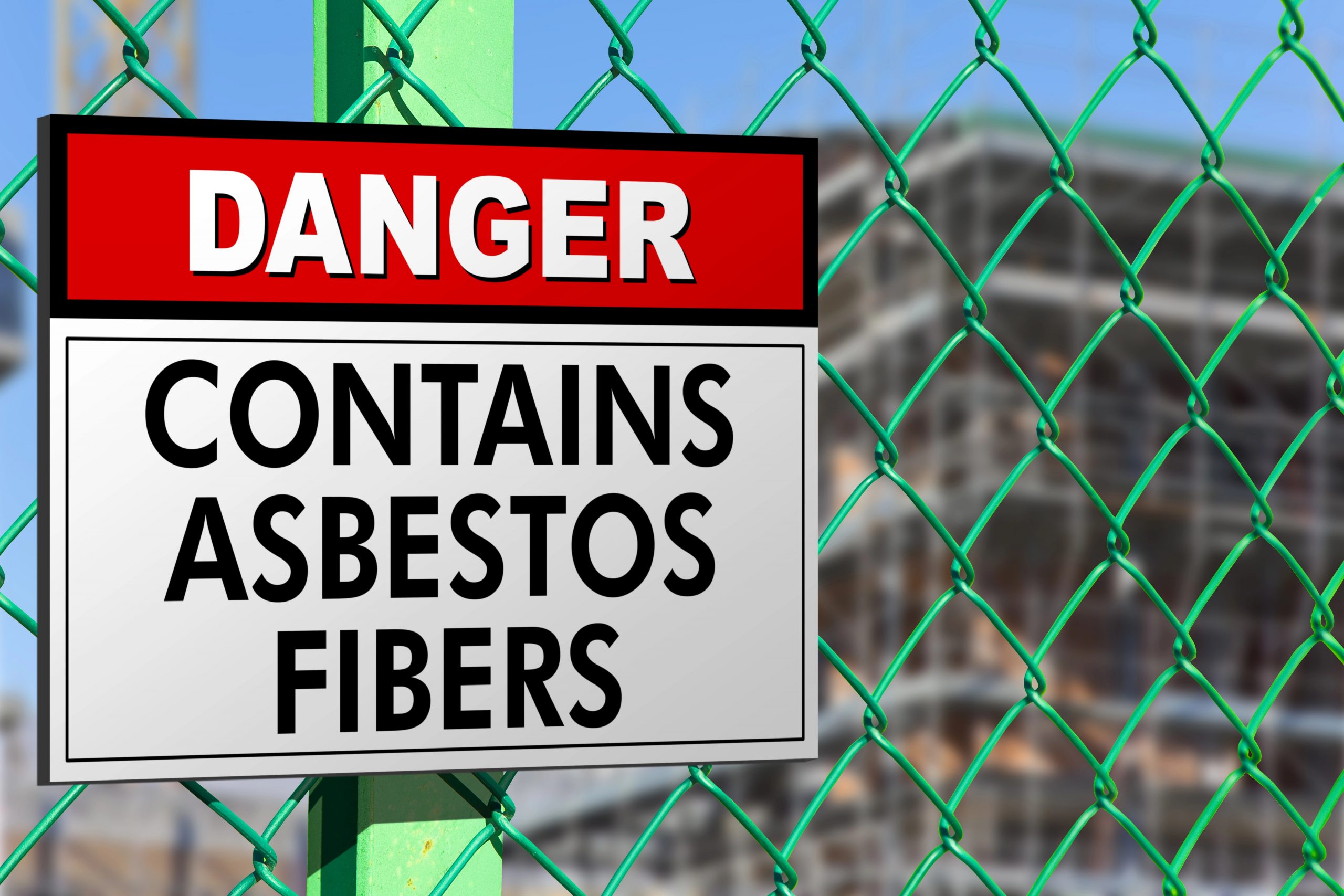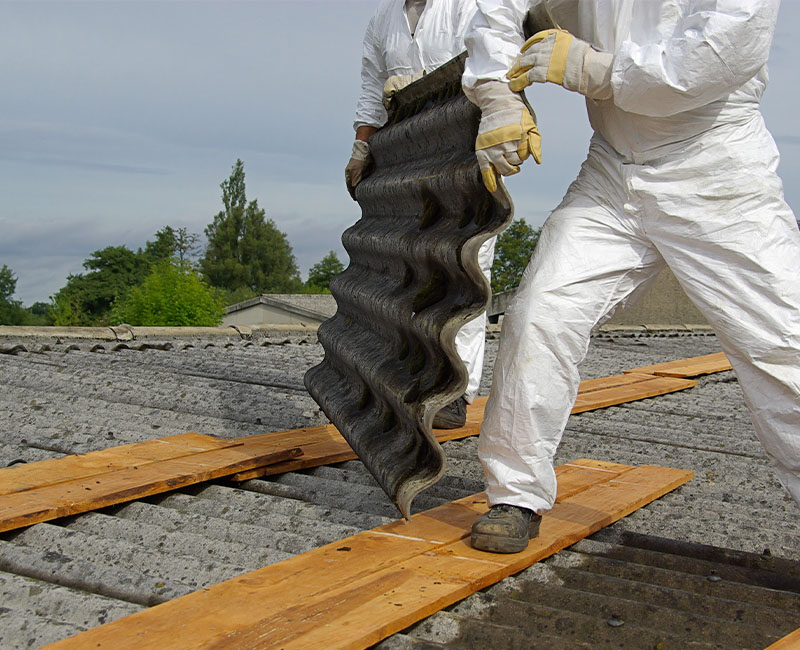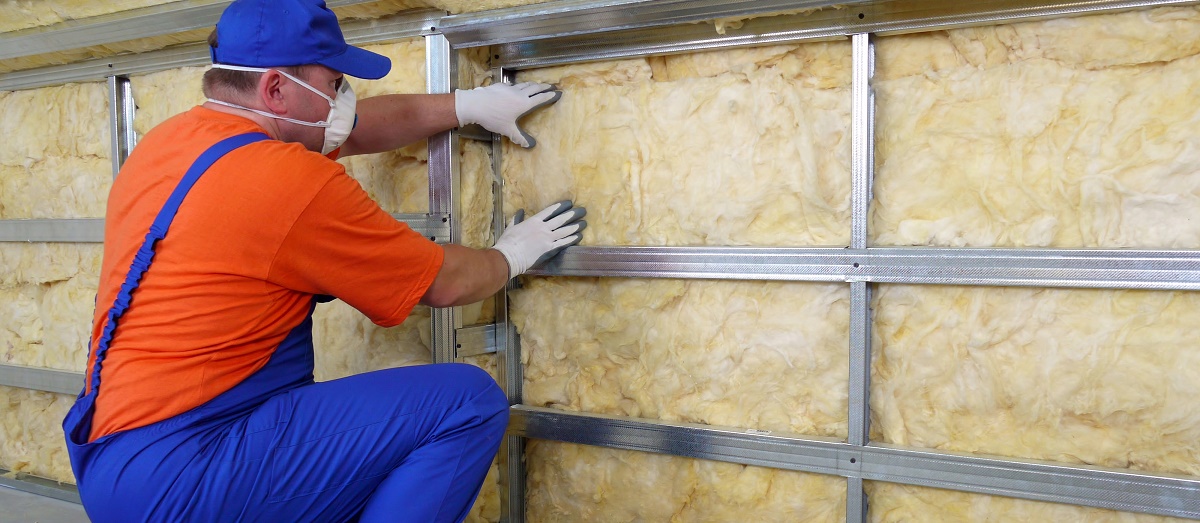Lead Paint Abatement
Lead paint abatement protects people and property in older Calgary buildings. Our office confirms your goals, timelines, and building type. Landlords set tenant dates, and clinics manage patient hours. Moreover, schools plan around class time and supervision. The technicians respect schedules and explain options in simple terms. Finally, you receive steady updates that build trust and keep the project moving.
Why Lead Paint Abatement Matters in Calgary
Lead in aging paint can turn into dust as buildings shift and surfaces rub. Our team explains risk in simple words so owners act with confidence. Additionally, older layers may sit under newer coats and trim. Families open sticky windows and release particles from friction points. Moreover, rentals change tenants and raise concerns about safety records. Clear guidance replaces worry with a structured plan that fits real life. Finally, you move forward with steps that protect people and support future plans.
Health Risks and Alberta Requirements
Lead exposure can affect learning, memory, mood, kidneys, and blood even at low levels. Our company aligns records and controls with Alberta expectations for hazard management. Additionally, owners need files that speak clearly to insurers, lenders, and inspectors. Property managers want proof that reads like a straight story. Moreover, businesses need documents that stand up to audits and future sales. Simple notes show what happened, why it happened, and when it happened. Finally, you finish with safety, compliance, and confidence that lasts.
When to Consider Lead Paint Abatement
Peeling, chipping, or chalking paint signals higher risk in lived-in spaces. Our technicians suggest action before sanding, cutting, or demolition begins because friction spreads dust. Additionally, daycare openings, rental turnovers, and resale plans often push schedules. A couple starts a kitchen update and finds brittle layers under trim. Moreover, a landlord prepares move-in day and notices flakes on a windowsill. Fast guidance prevents delays and protects daily routines for everyone. Finally, your plan matches calendars, budgets, and access limits.
Documentation, Coordination, and Confidence
Good records tell the story of a responsible owner and a safe space. Our company prepares simple files that explain actions and outcomes in order. Additionally, short updates keep everyone informed without clutter. General contractors need dates that match deliveries and other trades. Moreover, building staff guard quiet hours and access rules. Strong coordination avoids idle crews and frustrated tenants, which saves time. Finally, you keep proof you can share and a space ready for normal use.
Service Areas and Support
Calgary, Airdrie, Chestermere, Cochrane, and Okotoks count on fast replies and steady scheduling. Our team coordinates entry with site leads and building staff so visits run smoothly. Additionally, every space has a rhythm, from class bells to clinic appointments to store hours. Homeowners juggle naps and homework during busy weeks. Moreover, local knowledge helps prevent delays tied to seasons and access rules. Technicians arrive ready for real site conditions and shifting timelines. Finally, support continues after completion because new questions appear as life moves on.
FAQ
How do I know if my home likely has lead paint?
Homes built before the 1990s have higher odds of lead paint. Start with a risk review before painting or repairs. Additionally, check windows, doors, stairs, and trim for brittle layers or chips. Clear information turns concern into an organized plan.
Is it safe to stay in the building during the project?
Safety depends on layout, schedules, and who uses the space. Plan around school hours, appointments, or tenant needs to reduce disruption. Additionally, staged work limits exposure and keeps routines possible. Good timing supports clean re-entry and steady peace of mind.
Do I need testing before starting renovations in an older property?
Testing turns guesswork into clear planning. Use targeted checks when buildings predate newer standards or show heavy wear. Additionally, results help set priorities by room and by timeline. Good information prevents delays and supports choices for families, tenants, and staff.
Which areas usually carry the highest risk inside a building?
Friction zones release particles as parts move. Focus on windows, doors, stairs, railings, and baseboards that take hits. Additionally, exterior trim near entries can shed dust people track inside. Early attention reduces spread, protects routines, and lowers anxiety for occupants.
How fast can scheduling move once I decide to proceed?
Timelines depend on access, scope, and the building calendar. Respond quickly with next steps and practical dates that fit reality. Additionally, coordinate with landlords, managers, and contractors. Clear communication locks plans, protects budgets, and keeps work on track without surprises.






